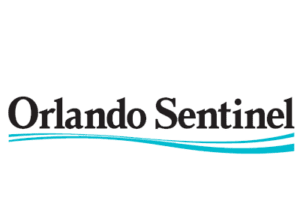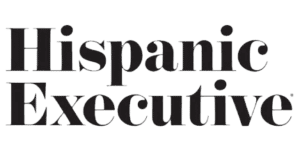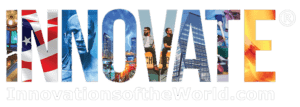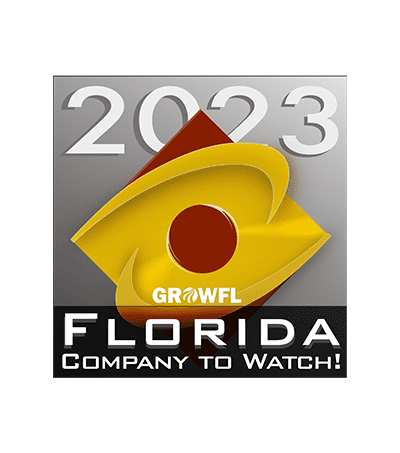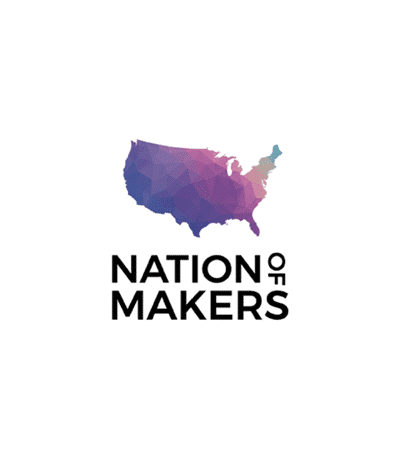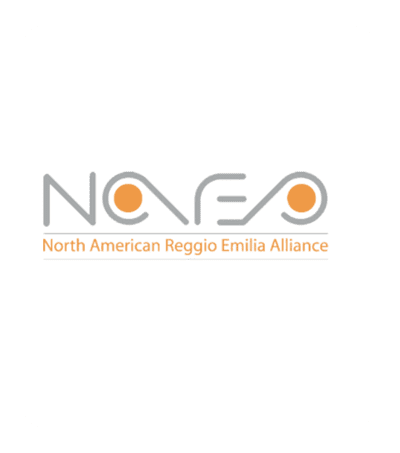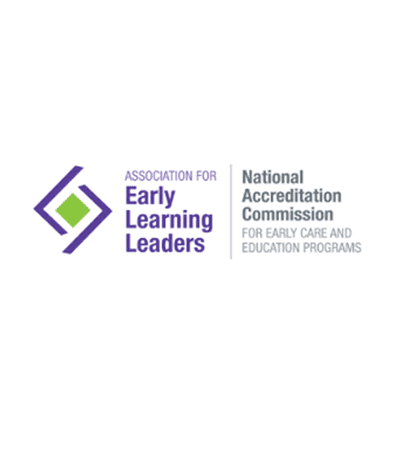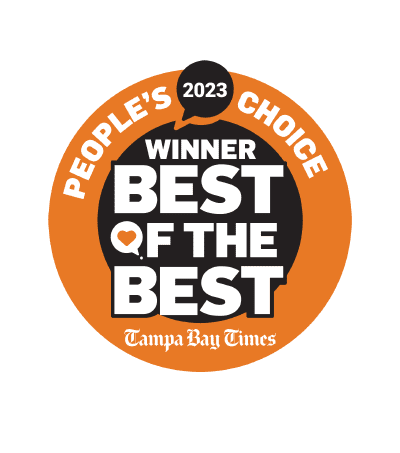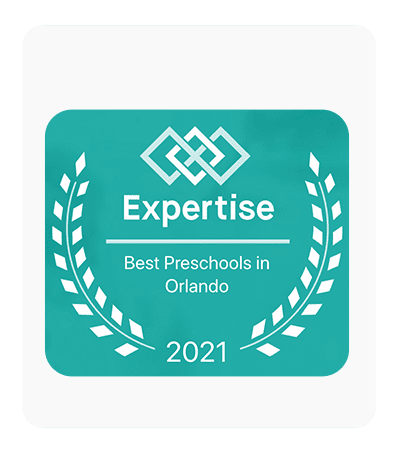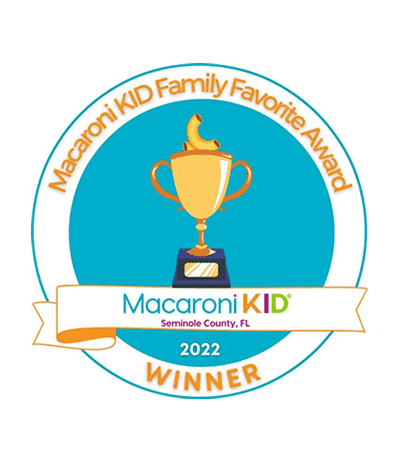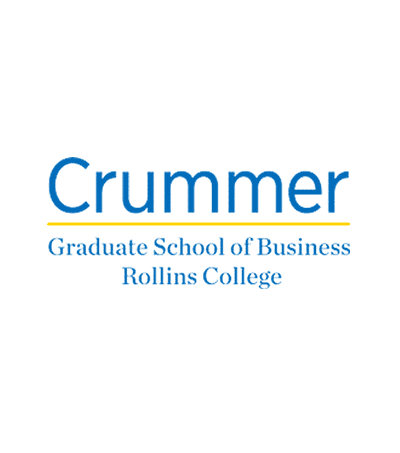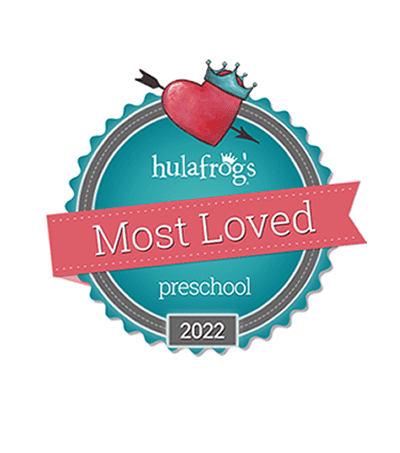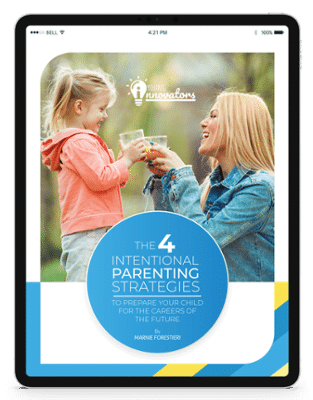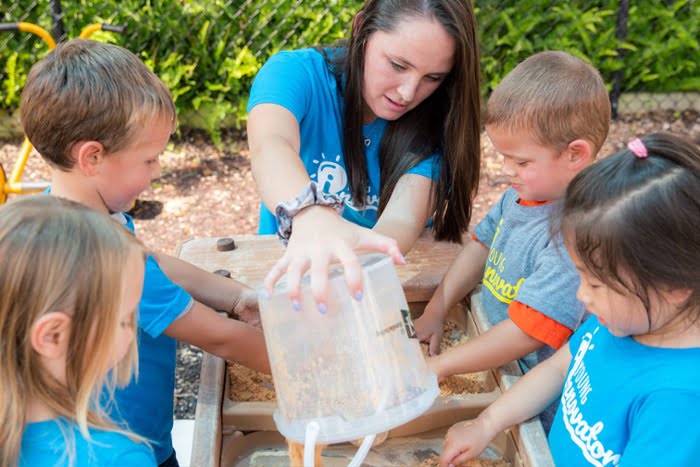
Ten years ago, the word STEM (which stands for Science, Technology, Engineering, and Mathematics) in education was beginning to sound like the flavor of the month. Some childcare business leaders predicted that it was just a buzz word like many others that would disappear in a few years.
Yet, the acronym STEM is here to change the landscape of childcare as standardize testing, such as the PISA scores, began to reflect that American students need support in math and science to remain competitive in the global economy.
The Problem Is, Children Are Being Taught The Wrong Way
To start with, we have been exposing students to memorization, repetition, and teacher-directed environments. Yet, research indicates the long-lasting negative effects of this type of learning environment.
Preschools even use those teaching strategies.
Insanity In Education
The famous definition of insanity is doing the same thing over and over again and expecting different results is usually accredited to Albert Einstein and serves as a springboard in the quest of finding a solution to solving the biggest problems in education:
If we want to change the outcomes, we have to try new things.
Researchers estimate that approximately 40% of U.S. children are not ready for kindergarten.[1]
According to the US. Department of Education, STEM grades look like this in grade 4:
- Only 40% of students score At or Above Proficient in Science
- Only 40% of Grade 4 students achieved a score of At or Above Proficient in Mathematics
When Should STEM Training Start?
The STEM problem starts way before children start formal schooling when we take into account that 90% of the brain develops by the time a child is five years old.
Childcare is no longer glorified babysitting; it builds the foundation for learning.
Spending time with preschoolers allowed me to discover that I am surrounded by the original content creators, confident communicators, avid researchers, curious scientists, fearless problem solvers, and natural collaborators.
And they are all under five.
In contrast, according to a recent survey by Pew research, about half of adults (52%) say the main reason young people dont pursue STEM degrees is they think these subjects are too hard.
How Do We Help Children to Succeed in Life?
For me, imagining a STEM preschool program started with an assumption:
- If children are born with the skills to succeed in the future, what are we doing to preserve those natural skills?
Creating a STEM program, which we have now expanded to STEAM by including the Arts, started with writing questions:
- How can we preserve that creative confidence of preschoolers?
- What kind of teaching strategies do children need to get ready for the future?
- Is STEAM learning natural in preschool?
- What does STEAM look like in a preschool classroom?
- What philosophy is best equipped to prepare children for the future?
New parents are increasingly aware of the importance and benefits of STEM/STEAM learning and childcare businesses and chains are introducing the word STEM (and now STEAM) in their marketing offerings.
But how can parents really understand what STEM/STEAM looks like in a preschool classroom?
Advance Ed is a third-party accreditation agency that started developing accreditation in early learning for STEM. As a mark of STEM distinction and excellence Advance Ed has granted a STEM Certification and developed 12 early learning standards.
Here Are The 12 Early Learning Standards For STEM
- The early learning STEM program provides inclusive STEM learning experiences for children.
- The leadership and stakeholders develop and protect the STEM culture of inquiry and collaboration.
- The inquiry-based curriculum integrates the STEM disciplines and addresses all areas of child development.
- The STEM instructional strategies, materials, and resources promote and expand on children’s natural curiosity about the world around them.
- Children experience STEM learning through developmentally appropriate real-world activities within and beyond the classroom.
- Children learn independently and collaboratively in an environment that encourages exploration and finding answers to questions about the real world.
- Educators encourage and support children to personalize and self-direct their STEM learning experiences.
- Educators define and measure learning outcomes for children’s STEM literacy to prepare them for the next level of STEM learning.
- Children demonstrate their learning through ongoing, authentic, performance-based assessments and explanations of their thinking.
- Children have opportunities to use developmentally appropriate technology resources to support inquiry-based learning.
- Teachers and staff participate in a continuous program of early learning STEM-specific professional learning.
- The early learning STEM program is supported through integrated and sustained partnerships with business and community stakeholders.
A STEAM Education Awards Children With 21st Century Skills
STEAM programs, which takes STEM a step further by adding the Arts, are built around principles that promote 21st century skills, which are the skills employers require for the future workforce.
In education, the Reggio Emilia philosophy, project-based learning, play-based environments, among other philosophies, better equip themselves to serve as a framework for learning STEAM.
STEAM programs create a community that share content and develop strategic partnerships to push teaching strategies even further.
In the era of information, childcare chains need to adapt to the fast pace of change. Innovation does not happen in isolation. It happens when a group of maverick educators are ready to share the will to design a better world for all.
Find out how your child can benefit from a STEAM-based daycare and preschool. Contact Young Innovators Academy today to take a tour of the Oviedo school.
[1]Hair, E., Halle, T., Terry-Humen, E., Lavelle, B., & Calkins, J. (2006). Childrens school readiness in the ECLS-K: Predictions to academic, health, and social outcomes in first grade.Early Childhood Research Quarterly, 21, 431454.






